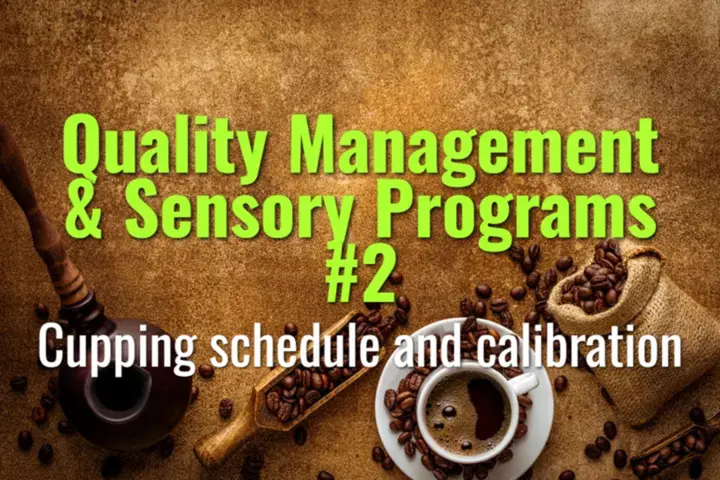
Cupping schedule and calibration
How to design a cupping schedule for ongoing quality checks and how to run calibration sessions to align tasters’ sensory evaluations.

How to design a cupping schedule for ongoing quality checks and how to run calibration sessions to align tasters’ sensory evaluations.
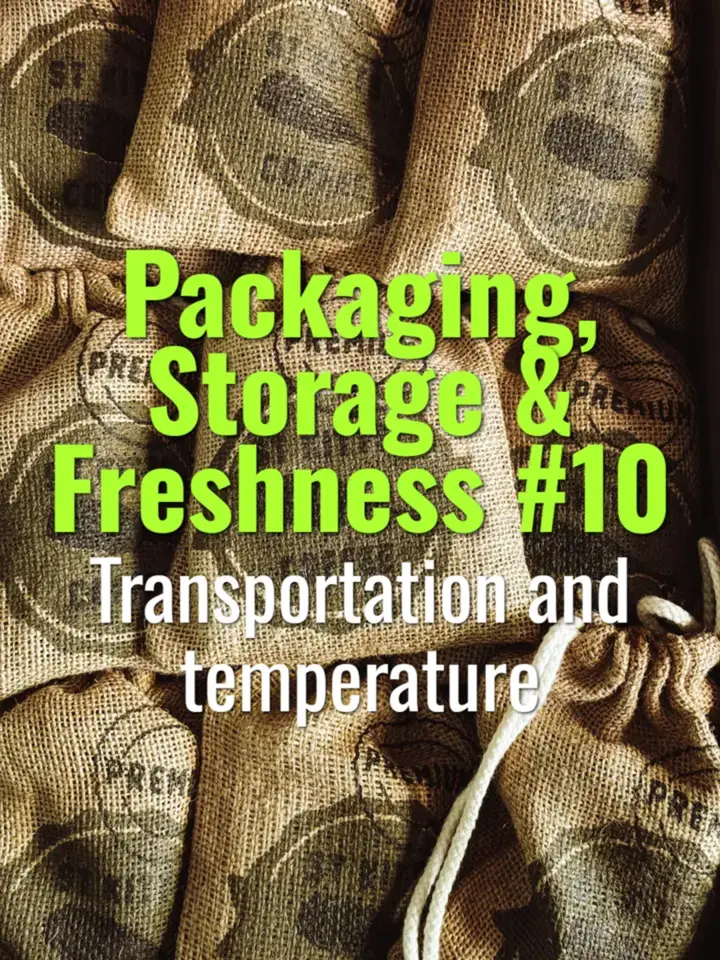
How transportation conditions, especially temperature and humidity control, affect roasted coffee freshness and quality during distribution.
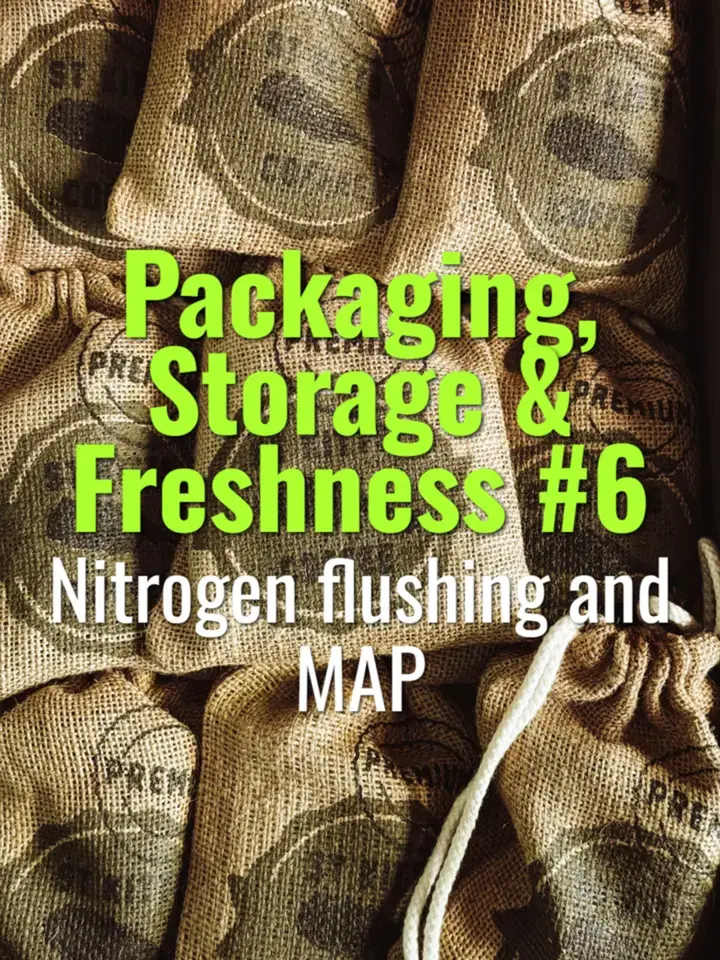
How nitrogen flushing and Modified Atmosphere Packaging (MAP) are used to preserve roasted coffee freshness by controlling oxygen exposure.
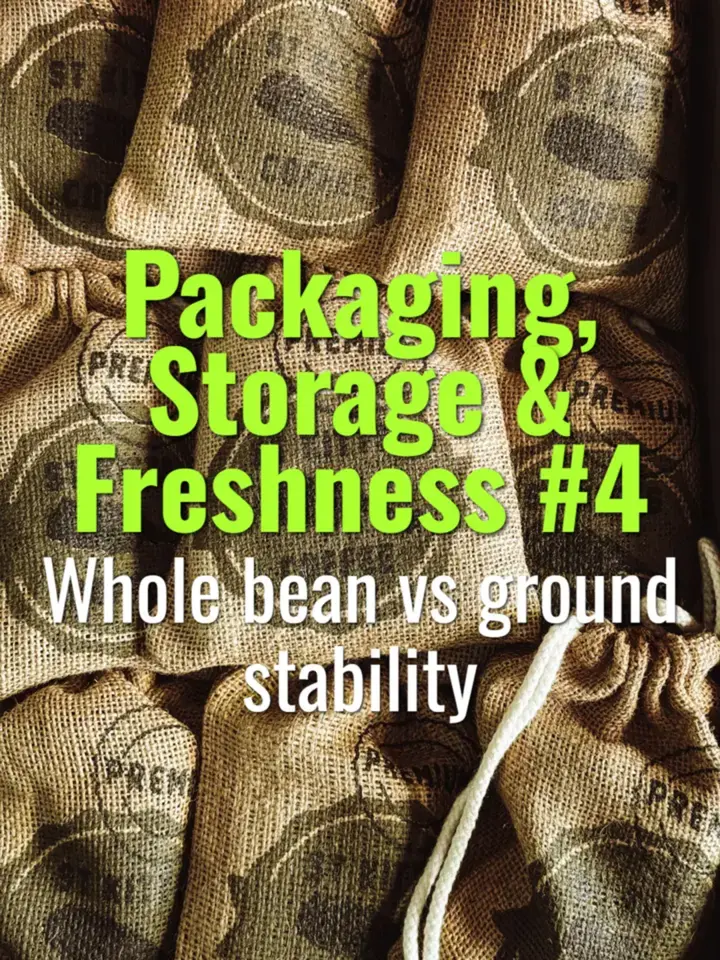
Why whole beans stay fresher longer than ground coffee, and how particle size impacts oxidation, aroma loss, and shelf life.
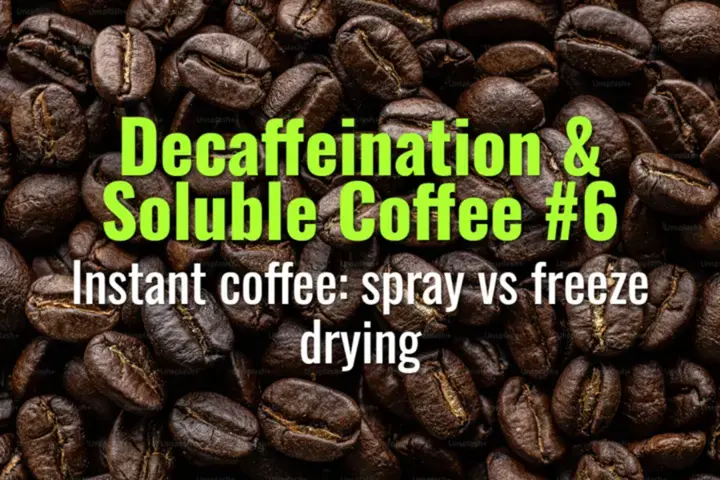
The two main industrial methods for producing instant coffee—spray drying and freeze drying—and how they differ in process, cost, and flavor preservation.
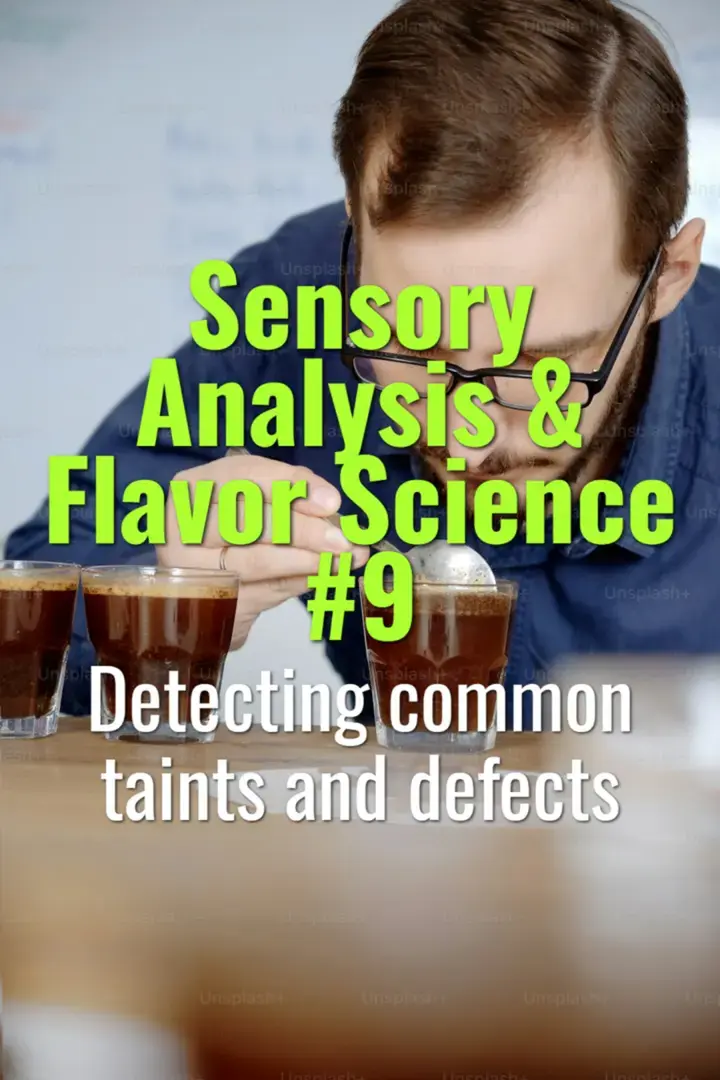
How to recognize, describe, and differentiate common taints and defects in coffee during sensory evaluation.